WIRED: Building Resilience in the New Paradigm
Available Languages
Bias-Free Language
The documentation set for this product strives to use bias-free language. For the purposes of this documentation set, bias-free is defined as language that does not imply discrimination based on age, disability, gender, racial identity, ethnic identity, sexual orientation, socioeconomic status, and intersectionality. Exceptions may be present in the documentation due to language that is hardcoded in the user interfaces of the product software, language used based on RFP documentation, or language that is used by a referenced third-party product. Learn more about how Cisco is using Inclusive Language.
Resilience, Opportunity and Rising to the Challenge
How we work needs to evolve and businesses can learn from example
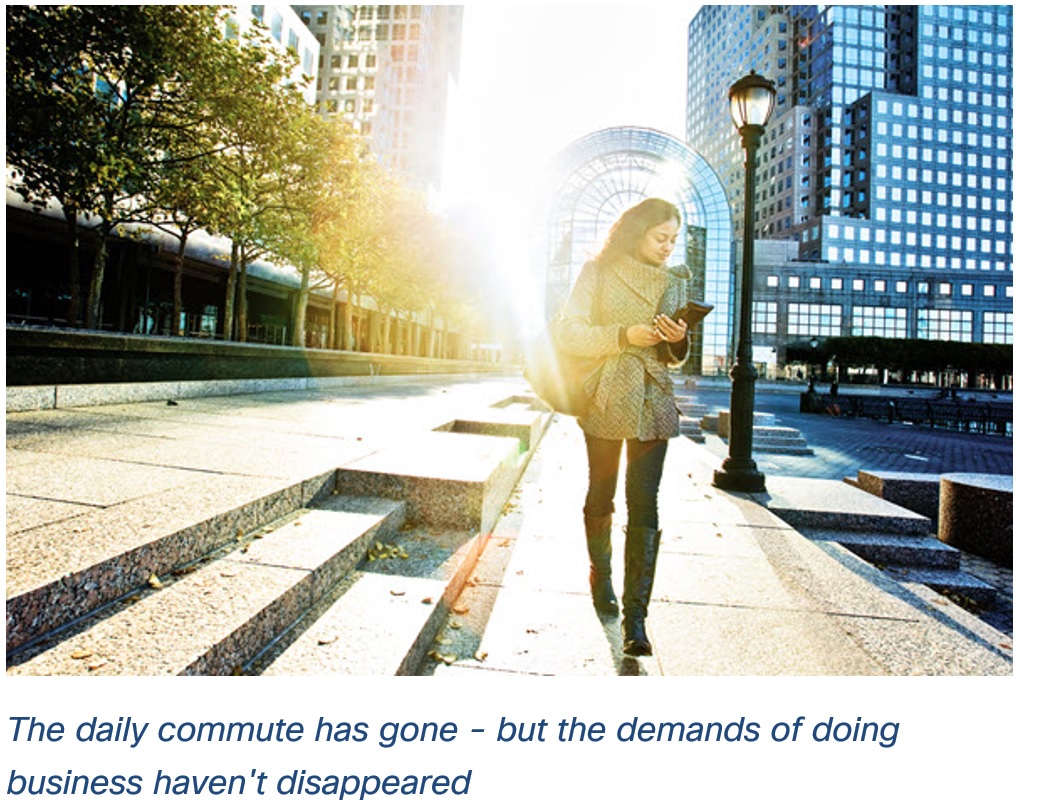
If the Covid-19 pandemic and subsequent lockdowns have taught us anything, it’s that resilience comes in many forms – and is all too often in short supply. But it can be built into a company’s strategy and, as Cisco has demonstrated, can enable businesses to thrive in adversity.
As companies emptied buildings and facilities while the March lockdown took effect, hastily cobbled-together remote working plans resulted in ad hoc decisions taken on the fly as organisations struggled to come to terms with the many practical headaches they faced, both technological and human.
For many workers, the lockdown became a balancing act between caring for children and other home commitments, and the need to keep businesses going while physically isolated from colleagues and infrastructure. With the right technological support, there were opportunities to be seized – Cisco was able to see at first hand the scale of this global transformation in the way we work: within a month, the number of people using Webex, its market-leading video-conferencing platform, had tripled. “It was explosive growth,” says Chintan Patel, Chief Technologist at Cisco UK and Ireland.
But lurking in the background were unforeseen dangers, including security vulnerabilities exposed by the new WFH paradigm, along with instabilities caused by the rapid shift to new and untested technologies, rising global inequality and the ongoing climate crisis to name just a few. The ability of companies to navigate these challenges has never been under greater stress, and building resilience has become a key concern.
Cisco has found it easier than most to ride the storm of the Covid-19 pandemic, thanks in part to the technologies and processes it has developed, but also because of its strategy and culture around remote working, skillsets, flexibility and empathy. Learning from its example can make companies stronger today and more resilient in the future.
The Workers are the Business
With the right technology in place, a distributed workforce can be more resilient, effective and diverse
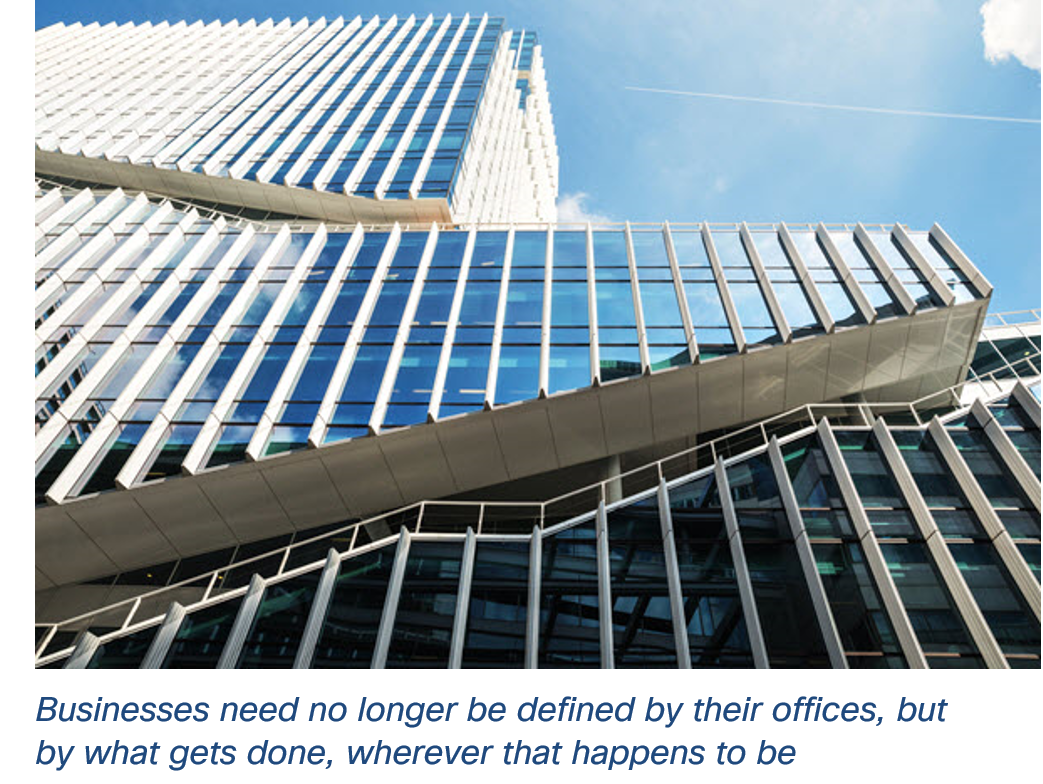
At the heart of any resilient company is a happy, safe and enabled workforce. But where will they work in the future? In April, Barclays boss Jes Staley dramatically suggested that large office buildings may become a thing of the past, but it’s likely that going forward, many will divide their time between office and home.
Cisco already has considerable experience in deploying this so-called hybrid working model. Even before the pandemic, its employees were averaging around two days a week at home, so there was already a collective mindset that, as Patel puts it, “work is no longer a place you go, it’s something you do.”
Key to making this new paradigm succeed, according to Rich Gore, Senior IT Manager at Cisco, is ensuring that workers are enabled. “They have to be given the tools to be able to work from anywhere at any time,” he says.
This requires the ability to access a secure network from any device. That, together with video collaboration technology, remote management processes, and a daily schedule that’s not tied to 9am-5pm, makes possible a new world in which agile, distributed teams come together for specific projects.
“We can work in highly distributed teams by using video tools that enable us to be face-to-face, even though we’re geographically separated,” explains Gore. “It used to be I could only work with people on one half of one floor of one building. Now, technology means I can work with people in China and Australia and throughout Europe and the US.”
An added benefit to a distributed approach is that the recruitment pool opens up to include potential employees from all over the world, as opposed to just those within commuting distance of an office, deepening the talent pool and potential diversity of the workforce.
Resilience Through Leadership, Empathy and Emotional Intelligence
How ensuring human connection and being flexible are key to success
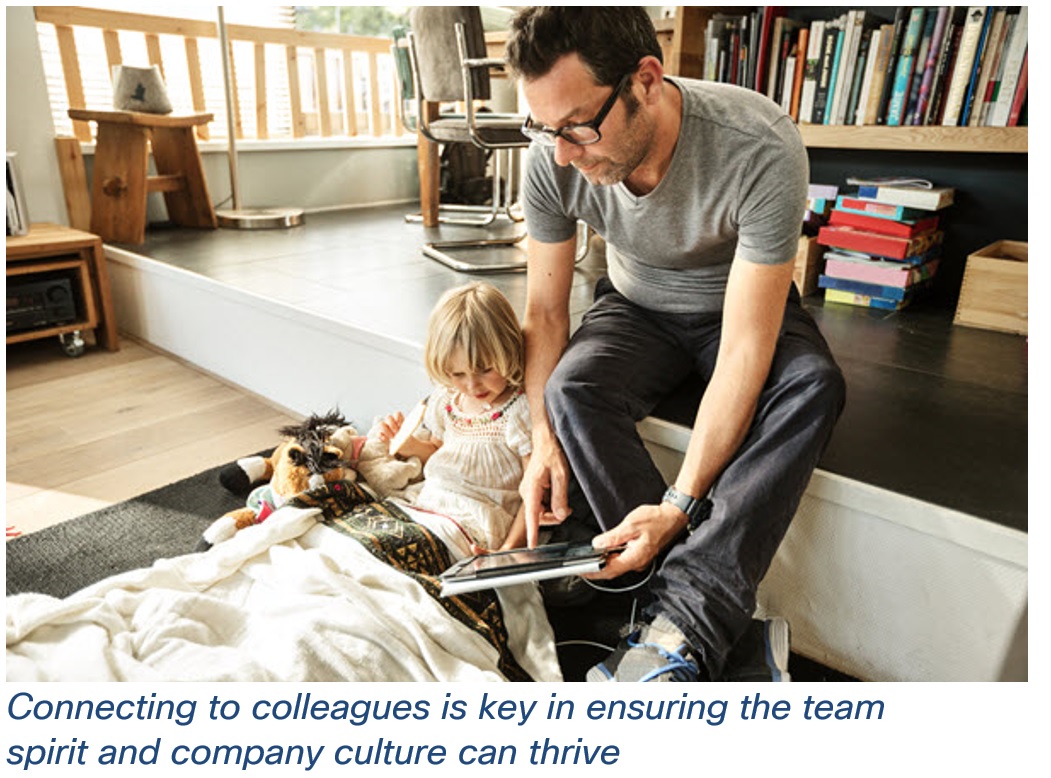
In March, Marriott International CEO Arne Sorenson appeared in a six-minute video for employees, shareholders and customers to talk about the challenges to his company. His candid, heartfelt speech ended with him choking back tears as he said that he had “never had a more difficult moment than this one”. The response was overwhelmingly positive, proving that for leaders, emotional intelligence (EQ) is of paramount importance, and that for companies, in a time of fear and stress for their employees – and customers – empathy is the expectation.
And this is especially true when technology allows employees to work – and overwork – at any time of day. A survey of US workers in May found that around half were experiencing some symptoms of burnout.
“You have to ensure employees are getting a balance between being always connected and getting time to themselves,” says Patel. “Having a conscious culture around that and acknowledging the issue from the top down is very important.”
Flexibility and trust are the key drivers of resilience here: “Everyone has different challenges and so it’s about being more aware, giving people the space and the opportunity to do what they need to do,” says Patel. “Work is about the outcomes people produce, and the way people get to that outcome is not relevant. So, if someone has to go and pick up the kids at three o’clock or whatever, we understand. I’m fortunate to have an office at home where I can close the door. Many people don’t have that, so working from home isn’t one-size-fits-all, it really is something that we need to give flexibility and choice on.”
The question of how to manage employees remotely in an empathetic way gains added importance when those employees are likely to be dealing with considerable outside stresses as well as the pressures of a new work regime.
Online remote management tools allow workers to maintain a close connection with their managers. In that sense, the tools also perform a valuable HR function. “Otherwise, people can feel rudderless and ignored,” says Gore.
Video-conferencing technology is also important in maintaining a company culture amongst a distributed workforce, as many companies have discovered during the pandemic. Cisco is not alone in having introduced online live events and “happy hours” to help employees maintain a spirit of togetherness. And its senior leadership has increased the amount of video contact it has with the workforce, ensuring that every worker feels recognised and cared for.
Gore believes the approach will endure: “Empathy is important when you need the family to circle the wagons and be protective,” he says.
Technology can make in-person working safe and productive
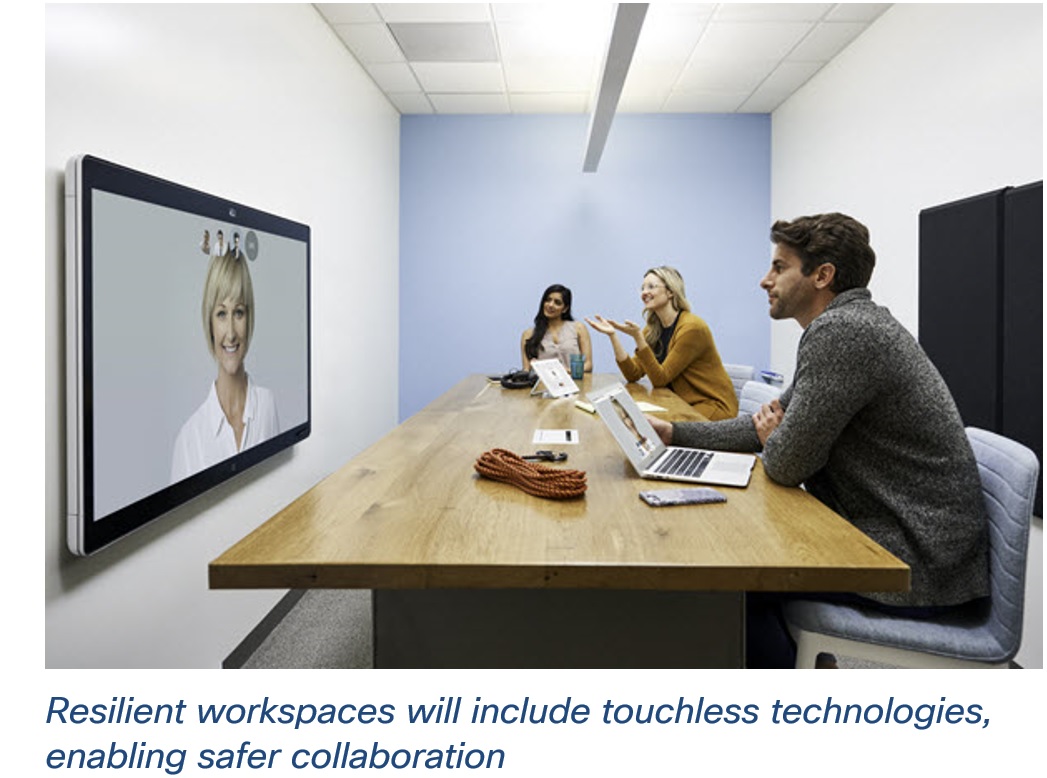
The office of the future will be a place focused on human contact and in-person collaboration. “As human beings, we crave social contact – and that’s something that’s been amplified over the last few months,” says Patel. “We’ll go to the office for those water-cooler moments or that chat over a coffee.”
But if offices are going to become spaces for collaboration, how can a company enable this while ensuring safety? The Chartered Institute of Personnel and Development polled UK workers each month over the summer and found around half felt anxious about returning to the workplace. A fifth of those who had returned were not satisfied with the health and safety measures put in place by their employers.
Reimagined and resilient workspaces will include more natural materials that have been proven to be less prone to transmission of germs, and make for a less artificial-feeling environment, touchless technologies such as self-opening doors and lifts, security based on facial recognition and – crucially – a de-densification of the office population.
Meeting room video-conferencing systems allow in-person and remote participants to collaborate as if everyone is in the same room. The same systems use facial recognition to monitor numbers and also inform facilities staff which rooms need cleaning after meetings end.
Cisco has also developed a platform called DNA Spaces that allows people in a building to be tracked via Wi-Fi by means of their mobile phones. If too many gather in a certain zone, an alert will be triggered, and constantly updated digital signage informs users of the building of its daily limit and current status.
All these functions will be managed remotely. “We need automation, but it has to be remote,” says Gore. “Because if you can’t control it remotely, then you have to actually be someplace, and that’s not flexible enough. It doesn’t work for pandemics, that’s for sure, and it doesn’t work for a lot of other emergencies.”
Resilience Through Smarter Security
The hurried shift to remote working has left some businesses vulnerable
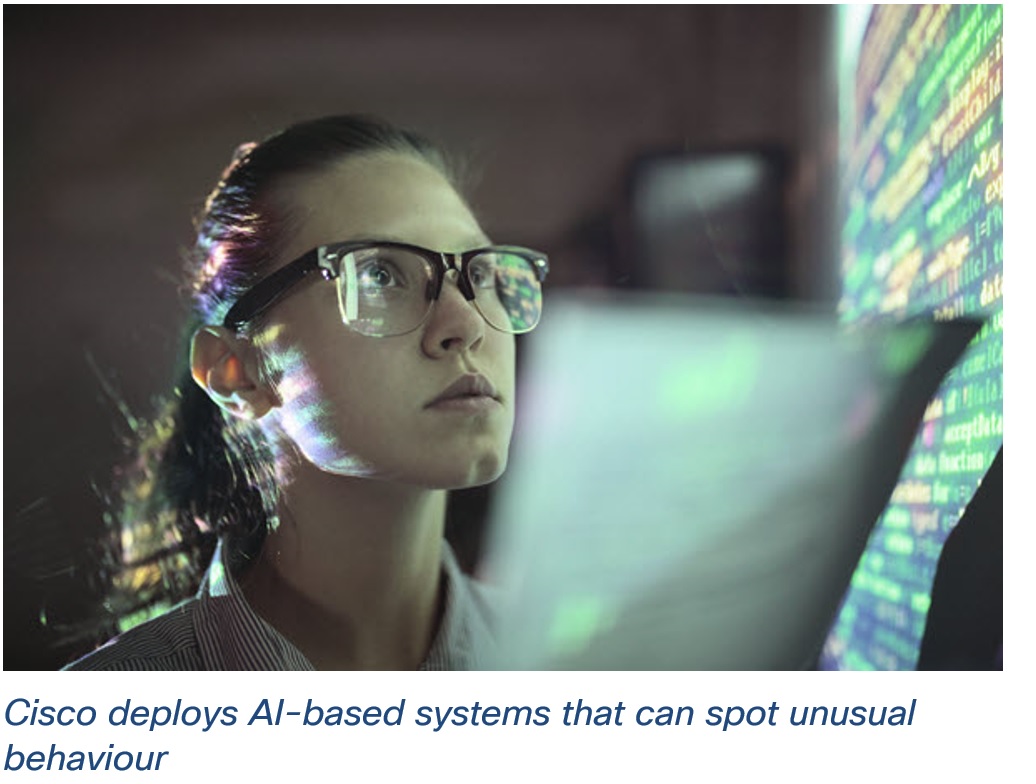
Snakemackeral. Pond Loach. Lucifershark. Needlefish. These were just a few of the sinisterly-named hacking groups around the world that set out to prey on stressed home-workers earlier this year, and who posed a considerable threat to companies’ security systems. As their names suggest, their preferred modus operandi was phishing, and in particular using emails related to Covid-19. In April, it was reported that Google was blocking 18 million coronavirus scam emails a day.
The education of employees plays an important role in helping to stop this threat: Cisco offers cybersecurity awareness training to its workers and also periodically sends them fake phishing emails. Those who take the bait are directed towards the “Phish Pond”, an internal training program where they can be gently taught the error of their ways.
But education will never prevent all the malicious phishing escapades. The UK’s National Cyber Security Centre (NCSC) recommends a multilayered approach to defending against phishing attacks, and Gore agrees. At Cisco, “layer upon layer upon layer” of automated, integrated security is employed, including AI-based systems that can identify unusual files or unexpected behaviour, and flag them.
There are many other kinds of security threat that the resilient company needs to bear in mind, of course. In the new world of distributed workforces, the sheer number of personal, internet-enabled devices that employees are likely to use when they are working away from the office presents security teams with a major headache.
“You need a way of securing those devices and managing them remotely,” says Gore. “Cisco needs to be able to know for sure that it’s a Cisco-approved, secure device, and multi-factor authentication before they let someone on the Cisco network. That’s the first step towards building a secure connection, either with or without VPN.”
The rapid switch to digital channels and e-commerce for many companies during lockdown brought added security risks not just for those companies’ employees but also for their customers. And many are now finding that the solutions they rapidly put in place are not necessarily fit for purpose after months in the field.
“We’ve found ourselves working with a lot of organisations, making sure their websites and apps aren’t going down, because they are now the brand, they are now the front face of many companies,” says Patel. “Companies had to make quick choices. What tool do I use? What system do I use? What application do I use? And there were some choices that companies made that many are now revisiting.“
Connectivity, flexibility, wellness and safety are the foundations of endurance
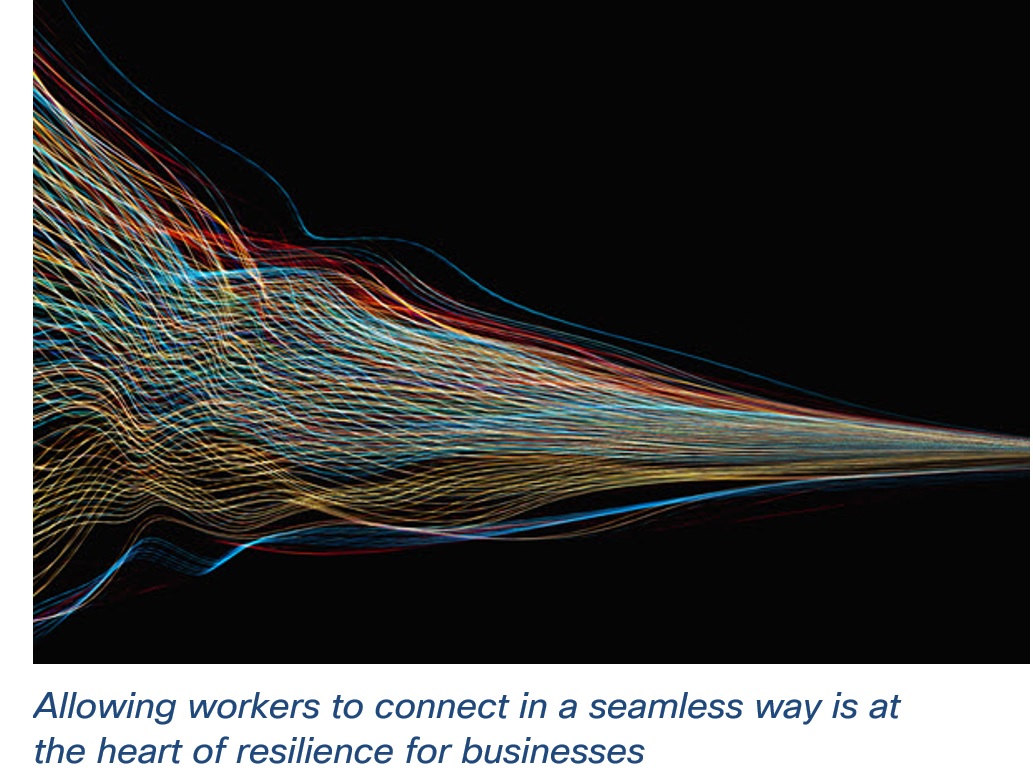
What is at the heart of ensuring companies are resilient and fully prepared to face an uncertain future? What will allow them not only to recover at times of stress – but also to thrive? “You have to enable your workforce to work as flexibly as they possibly can using any device at any time and in any place – all in a secure fashion,” says Gore.
Flexibility and security come from a true understanding of how and where work will be done in the future. Good remote management, especially in a crisis, comes from fully appreciating the feelings and motivations of the workforce. That means adopting a holistic approach that caters to workers’ wellness and safety as much as it addresses their technological needs. The resilient company is one where the work experience is optimised, seamless and adaptable to change at any scale, and where automation plays a key role in driving safety and efficiency.
Fundamental to this seamless experience is connectivity. “It’s the foundation in all of this,” says Patel. “And by that I mean connectivity both from a company’s internal perspective, but also out to wherever people are working from.”
Cisco Business Resiliency Solutions reimagine and redesign your workforce and workplaces to provide an adaptable, productive and trusted experience for your employees, customers and partners. For further information, please visit cisco.com/go/businessresiliency
